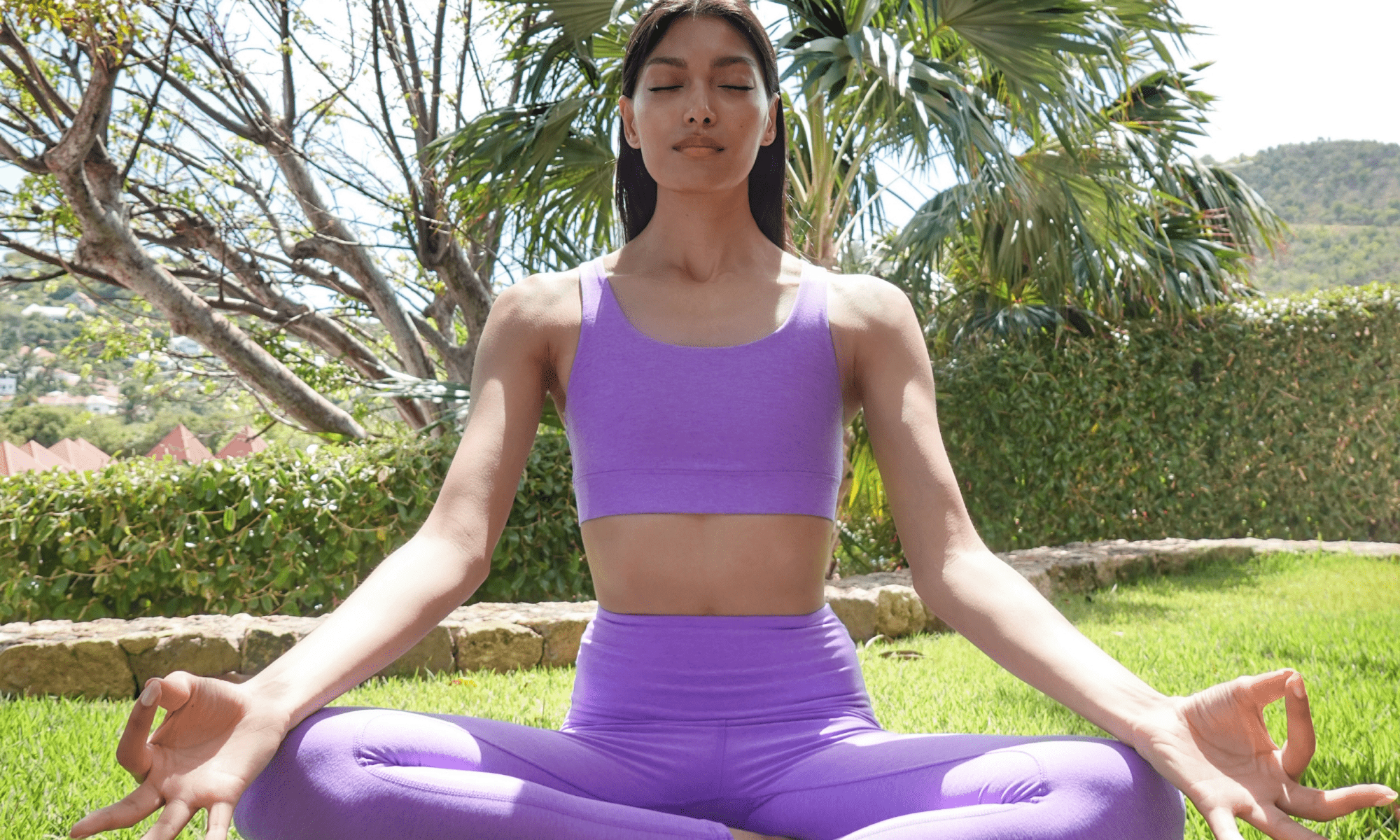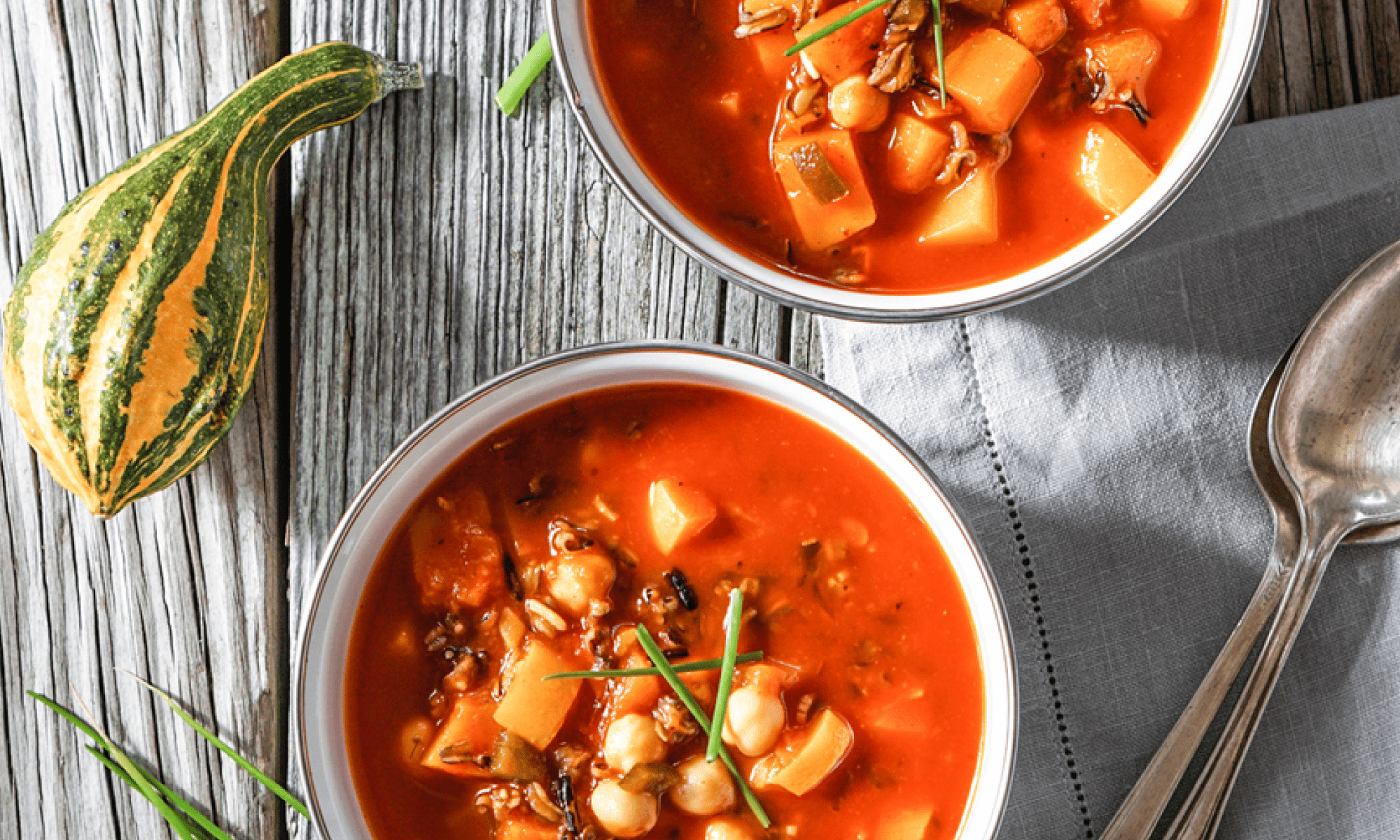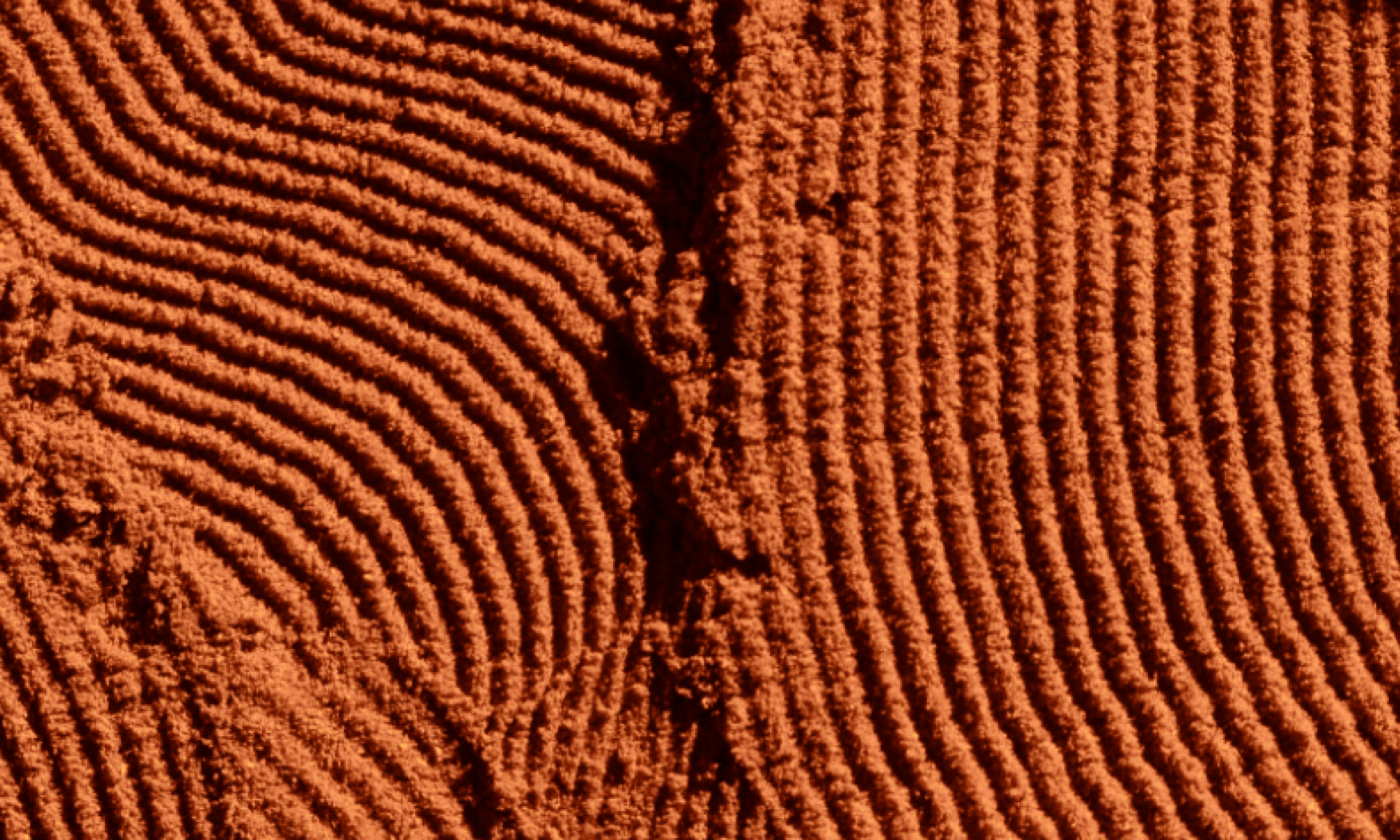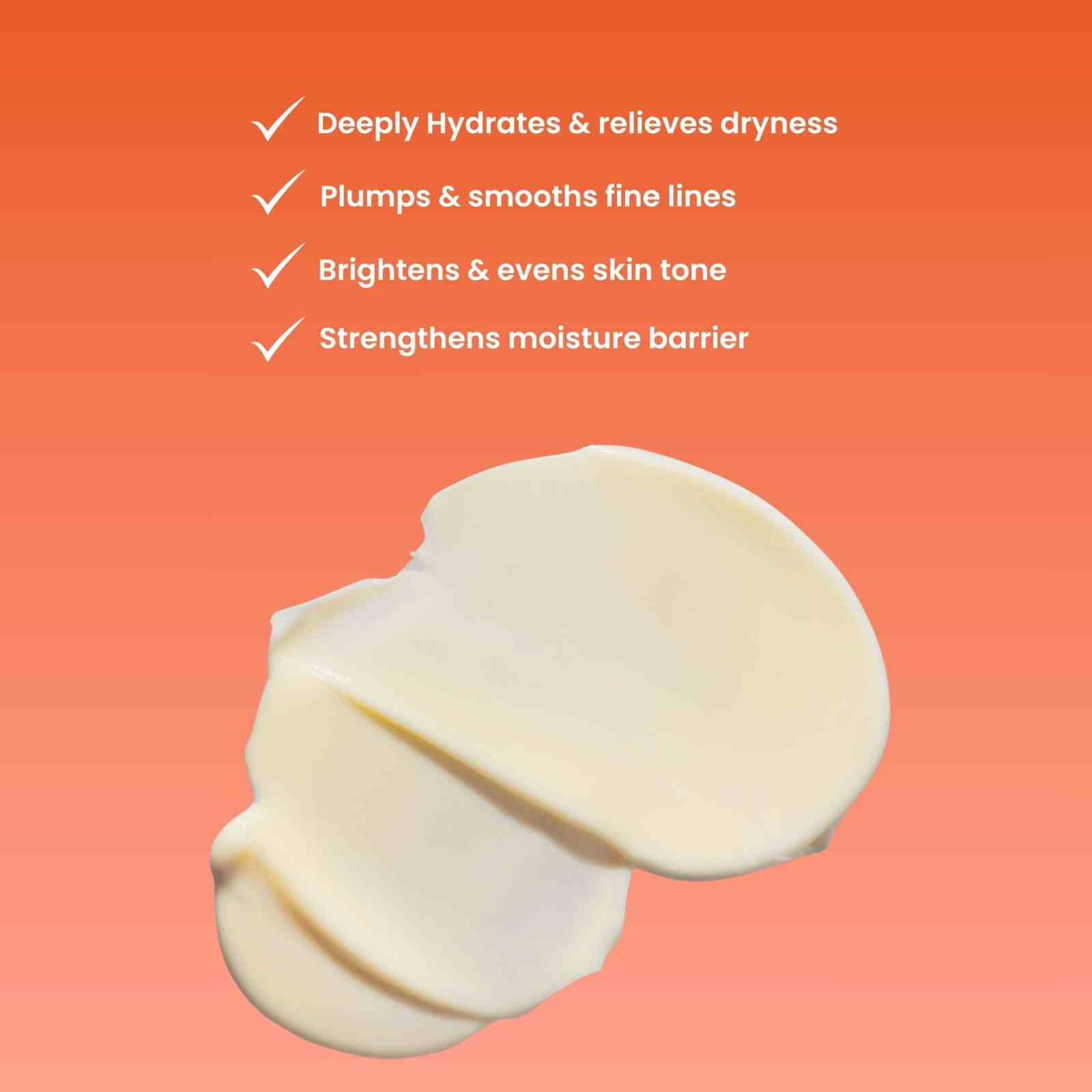
Your Dosha Type Is:
Vata > Kapha
You are a hybrid type, meaning both Vata and Kapha are prominent in your constitution. Vata (primary) embodies the qualities of movement, communication, and creativity. Kapha (secondary) embodies the qualities of stability, structure, and strength.
Vata skin type is typically characterized by its delicate nature and a tendency towards dryness. This skin type may be prone to displaying signs of aging earlier, such as fine lines, wrinkles, and uneven skin tone.
Vata > Kapha Characteristics
Skin
Vata
Dry and delicate, fine pores
Kapha
Smooth, plump, larger pores
Mind
Vata
Quick, energetic, creative
Kapha
Calm and steady, methodical
Body
Vata
Lean and delicate
Kapha
Solid framed or curvy
Appetite
Vata
Inconsistent, delicate digestive system
Kapha
Steady and balanced
Temperament
Vata
Enthusiastic, easily stimulated
Kapha
Grounded, compassionate, patient
Vata > Kapha Skincare
Your Product Recommendations
Dosha-Pacifying Ingredients
From calming herbs to invigorating natural aromas, each product in your customized routine incorporates a wealth of trusted Ayurvedic ingredients specifically tailored to transform your skin and pacify your primary dosha.

Ashwagandha
Found in SapnaSoft™
Alleviates dullness and dryness; boosts collagen production, imparts moisturization; neutralizes free radical damage

Turmeric Butter
Found in MahaMask™
Moisturizes and restores skin's barrier; brightens and evens skin tone; powerful antioxidant and anti-inflammatory

Ginger Water
Found in SundaSkin™
Active water hydrates, nourishes and heals with anti-inflammatory and antioxidant properties *Known for its stimulating and warming effects, enhances concentration while soothing and reducing feelings of stress, anxiety and fatigue
Vata > Kapha Self Care
Vata and Kapha are prominent in your constitution, meaning that you are likely to resonate with the characteristics of both energy types.
In order to balance excess Vata (primary), aim to eat, sleep, and work at fixed times throughout the day to create a sense of calm and avoid frenetic activity.
If you are feeling slow or abnormally lethargic, this could be a sign of aggravated Kapha (secondary). In order to balance Kapha energy, seek stimulation. Be mindful of your sleep schedule (aim to get 6-7 hours of healthy sleep at night) and avoid napping throughout the day when possible.

Vata > Kapha Lifestyle Tips
Vata Pacifying
Focus on grounding, intentional movements such as a slow, mindful yoga flow, walking or stretching.
Kapha Pacifying
Incorporate physical activity that will stimulate blood flow including Vinyasa or Hot Yoga, jogging, hiking, dance, or HIIT.

Yoga & Breathwork (Pranayama)
Vata-Pacifying Asanas
Cobra Pose, Cat-Cow Pose, Spinal Twist, 5-6 Sun Salutations
Kapha-Pacifying Asanas
Locust Pose, Lion Pose, Peacock Pose, 5-10 Sun Salutation (rapidly)
Breathwork:
Bee's Breath

Vata > Kapha Diet
Vata digestion is typically delicate while Kapha digestion is relatively slow and sluggish, so it is important for this hybrid-type to adapt their diet intuitively and as needed.
If your appetite feels delicate or inconsistent, this could be a sign of Vata-dominance. To bring this into balance, opt for warm, cooked meals and prioritize hydration. This includes easy to digest fruits, grains, oils (sesame oil is great!), and protein.
If you are experiencing bloating or indigestion, this could be a sign of Kapha dominance. Try to avoid snacking or eating when you are not hungry when possible and instead opt for well-balanced meals. Light lentil soup is a great addition to this diet. Drinking water from a Copper Water Bottle is extremely beneficial for this dosha type, as copper-infused water supports healthy digestion and immunity.

Vata > Kapha Herbal Remedies
Vata Pacifying
Ashwagandha supplements, adding ginger root to your morning tea, and cooking with warming spices such as cumin (we love using it in curry dishes) can help pacify an excess of Vata energy.
Kapha Pacifying
Try a cup of "CCF" tea (cumin, coriander, and fennel) before bedtime or a glass of warm milk with half a teaspoon of turmeric and a bit of black pepper (turmeric powder is a powerful digestive healer and all-natural remedy for bloating, stomach discomfort, and other digestive issues.)

Understanding Your Dosha
The Vital Energies of Ayurveda
In order to be well in the practice of Ayurveda, we focus on balancing mind, body, and soul. Central to this philosophy are the three metabolic types or “doshas,” known as Vata, Pitta, and Kapha. These doshas represent the fundamental energies that govern our physical, mental, and emotional wellbeing. A proper balance among dosha types is essential for creating harmony in these categories of wellbeing, as imbalances can lead to illness and disease. Each person has a unique ratio of all three dosha types and understanding your primary dosha will allow you to adapt the products, practices, and lifestyle choices in your daily routine to achieve holistic balance inside and out.



While all three doshas are present in every individual human, it is the ratio of each energy that determines your unique dosha type. If you are a hybrid type, two doshas are prominent in your constitution. These ratios can vary through life due to age, environment, and lifestyle. We encourage you to return to this quiz seasonally and adapt your daily habits and routines as needed to achieve optimal holistic wellness.
In Ayurveda, each of the four seasons (winter, spring, summer, fall) is associated with a corresponding dosha type. As the seasons change in your external environment, the dosha type associated with that season will naturally increase in your internal environment ie. your dosha constitution. Vata is associated with Autumn due to their shared dry, light, and cold qualities. Kapha is associated with Winter/Spring due to their shared cold, damp, and heavy qualities. Because these are your dominant dosha types, take extra care to pacify these dosha types in the season they are governed by!





